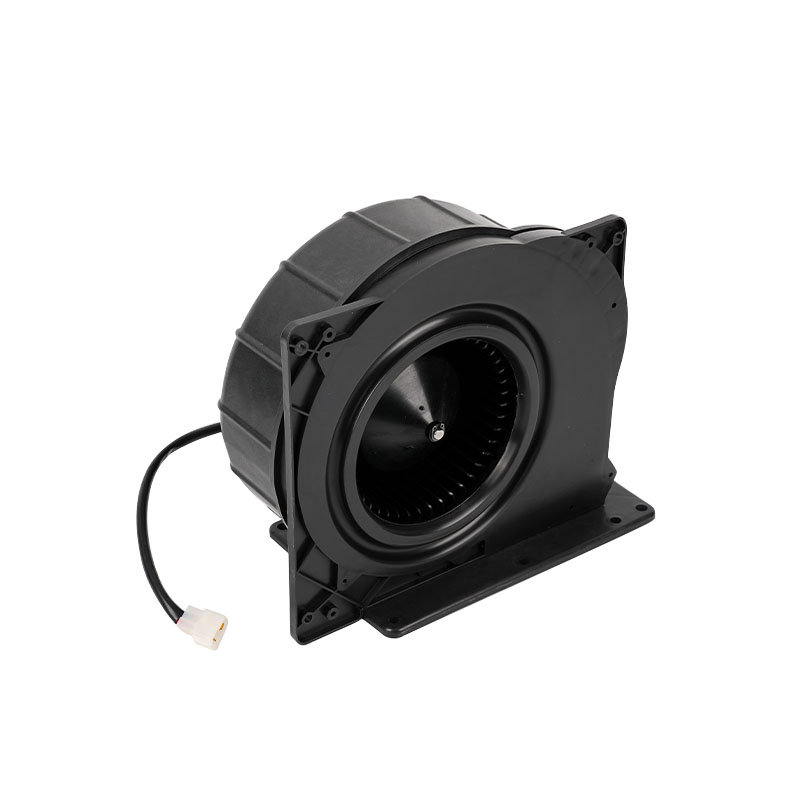Contact Us
Your email address will not be published. Required fields are marked *
What Affects the Durability and Lifespan of DC Axial Fans?
Nov 27, 2025What Determines Pressure Performance in EC Forward-Tilting Centrifugal Fans?
Nov 20, 2025What Factors Influence Energy Consumption in DC Axial Fans?
Nov 13, 2025How Do EC Forward-Tilting Centrifugal Fans Improve Airflow Stability?
Nov 06, 2025How Do DC Axial Fans Enhance Thermal Management Efficiency?
Oct 30, 2025Why DC Axial Fans Are Revolutionizing Industrial Cooling Systems?
Oct 23, 2025DC Axial Fans Explained: Efficiency, Durability, and Performance
Oct 16, 2025DC Axial Fans vs AC Fans: Which One Suits Your Needs?
Oct 09, 2025How to Choose the Perfect DC Axial Fan for Your Equipment?
Oct 02, 2025High-Efficiency and Low-Noise DC Brushless Axial Flow Fans Transform Industrial Cooling
Sep 25, 2025Enhancing Cooling Efficiency: The Role of High-Performance Tank Radiator Fans
Sep 18, 2025High Airflow Performance Redefines Tank Radiator Brushless Axial Fans
Sep 11, 2025
As a power device that relies on voltage power supply to generate airflow, the operation of the blower is based on the basic principle of electromagnetic induction and magnetic field interaction. It converts electrical energy into mechanical energy by constructing a specific electromagnetic system, thereby achieving efficient driving of airflow. Unlike ordinary fans, blowers adopt a more complex and precise structural design to meet the stringent requirements for airflow intensity, stability and continuity under different working conditions.
Precise electromagnetic drive structure
The core structure of the blower consists of an electromagnet stator and a permanent magnet rotor. The coils wound on the stator are key components for energy conversion. When current passes through these coils, a magnetic field is generated around the stator according to the law of electromagnetic induction. The permanent magnets on the rotor themselves have a fixed magnetic field. Under the action of the stator magnetic field, according to the principle of interaction between magnetic poles, the permanent magnet rotor will be driven by electromagnetic force. This electromagnetic force breaks the static state of the rotor, prompting it to start rotating, gradually converting electrical energy into mechanical energy of the rotor, thereby driving the entire device to operate and providing continuous power for airflow generation. This ingenious electromagnetic drive structure design not only ensures the high efficiency of energy conversion, but also lays the foundation for the stable operation of the blower.
Careful design ensures high efficiency and reliability
The blower motor is strictly controlled from design to processing to achieve its performance. During the design stage, engineers will accurately calculate the number of turns and wire diameter of the stator coil, as well as the shape, size and magnetic strength of the rotor permanent magnet according to different application scenarios and performance requirements to ensure that the entire electromagnetic system achieves the match. During the processing, high-precision manufacturing processes and advanced processing equipment are used to strictly control the dimensional accuracy and surface quality of each component to reduce friction loss and energy loss between components. Through this careful design and precision processing, the blower motor has the remarkable characteristics of low noise, high efficiency, long life and stable performance. The low noise characteristic makes it suitable for occasions with strict requirements on environmental noise; high efficiency ensures that a stronger airflow can be output at the same energy consumption; long life and stable performance reduce the maintenance cost and failure risk of the equipment, and improve the overall use value.
Wide and diverse application fields
With its performance, blowers have been widely used in many fields. In the field of electronic equipment, as the integration of chips continues to increase, the heat generated by the equipment during operation increases dramatically. Blowers are used in the heat dissipation system of electronic equipment. By quickly circulating air, the heat inside the equipment is promptly removed, ensuring that the electronic components work in a suitable temperature environment, and improving the stability and service life of the equipment. In the automotive field, blowers are an important part of the automotive ventilation system, air conditioning system, and engine cooling system. It can provide a comfortable ventilation environment in the car, adjust the temperature and air quality in the car; during the engine cooling process, the blower accelerates the air flow, enhances the heat dissipation effect, and ensures that the engine operates efficiently within the normal temperature range. In industrial production, blowers are even more indispensable. Whether it is material transportation in the chemical industry, air purification in the textile industry, or drying treatment in the food processing industry, blowers are required to provide stable airflow to meet the process requirements of different production links and ensure the smooth progress of production and stable product quality.
Your email address will not be published. Required fields are marked *
Zhejiang Nicety Electric Machinery Co., Ltd. specializes in the production of four series of products: condenser electronic fan, radiator (water tank) fan, blower, and air conditioner assembly. Professional production American, European, Japanese, Korean And Domestic brand DC automotive axial fans.
Email: [email protected] / [email protected]
Tel: +86-0578-7125439 / +86 181 0658 9231
Address:No. 98, Guangda Street, Jinsha Industrial Zone, Longquan City, Zhejiang Province, China